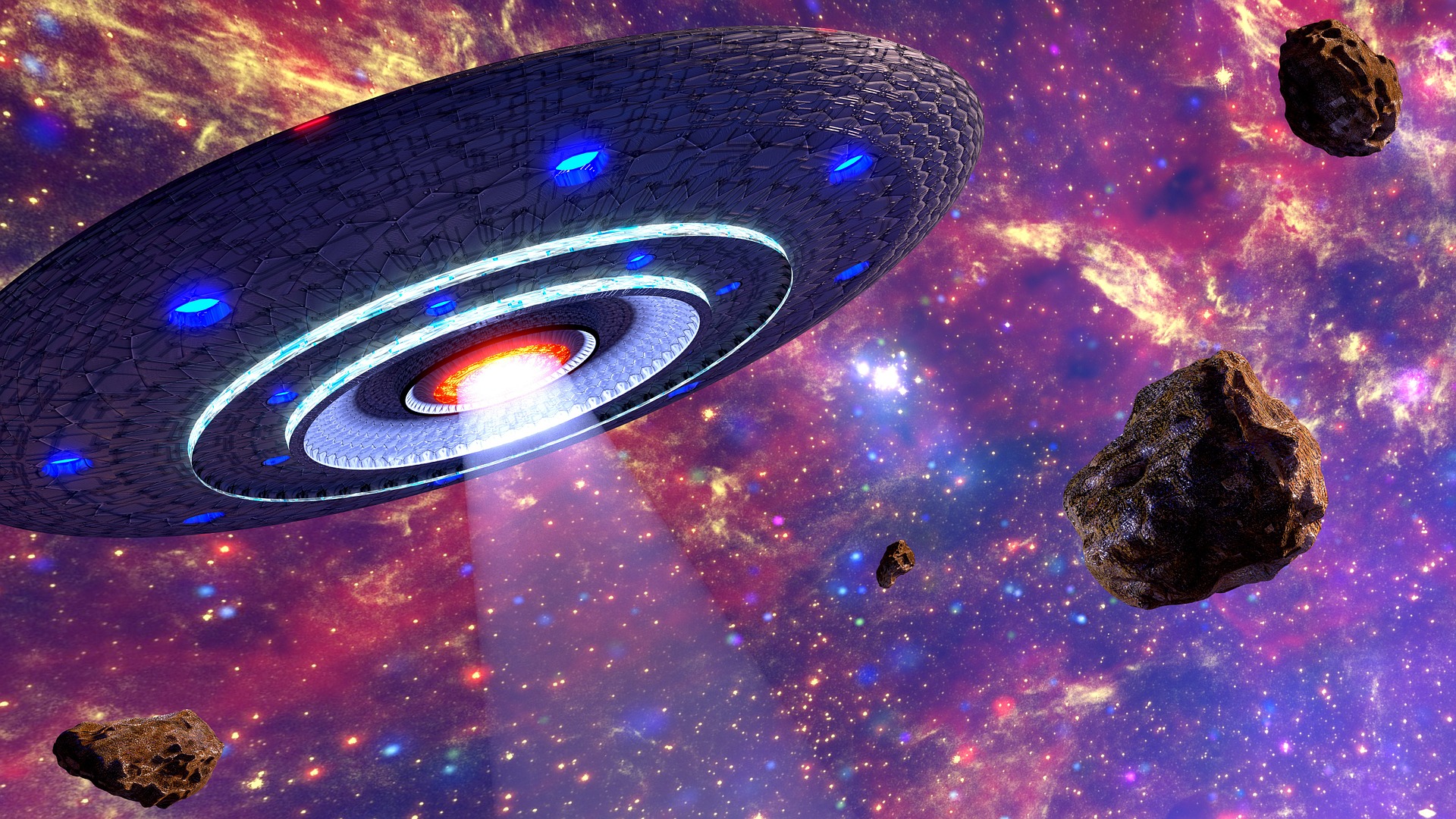Life can be found in almost every corner of our beautiful planet Earth. One of the oldest and most tantalizing questions of science is whether a similar bounty of life exists elsewhere in the universe. Some believe we’re not alone while others believe that there is no proof that life exists in the universe other than the one we know.
Arthur C. Clarke said:” Two possibilities exist: either we are alone in the Universe, or we are not. Both are equally terrifying.”
Both options seem to be terrifying. If the whole life in the Universe depends on us, it is scary. From the other side, if there is life out there, we are not sure of its intentions.
Today, scientists are more optimistic that extra-terrestrial life does exist and that more substantial proof than mere statistics can be found. This hope is buoyed by recent discoveries of worlds beyond our solar system and new revelations about the sturdiness of life here on Earth.
Mighty Microbes
Scientists have discovered microbes, known as ‘extremophiles’ that have been found thriving in complete darkness, in arid deserts and miles below ground and are resilient to cold, heat, acidity, salt, and radiation that would normally kill humans. These extreme environments are thought to be the norm for other worlds, which give scientists hope that microbes could indeed survive elsewhere in the universe. Saturn’s moon Titan consists of deep lakes and meandering rivers. The icy crust of its other moon Enceladus resembles the frigid depths of some of Earth’s polar oceans, while Mars is as dry and dusty as any harsh desert.
“As we learn more about the diversity of life, particularly microbial life, we expand our definition of what life is and how life can exist in some very hostile (to humans) environments,” explains biologist Diana Northup of the University of New Mexico.
Brave New Worlds
Another heartening fact that there might be ‘life out there is the recent discovery of new planets outside our solar system. Since the first planet orbiting an ordinary star was discovered in 1995, more than 200 extrasolar planets, or “exoplanets,” have been revealed and there are now 20 times more planets outside our solar system than in it.
While the majority of these exoplanets are fast-spinning gas giants, known as “hot Jupiters,” that orbit extremely close to their stars and are therefore probably unsuitable for life, but some are very similar to Earth with liquid water. With the advent of new satellites and planet-finding techniques, scientists are able to probe it for life with spectral fingerprints that are carried by a planet’s reflected light.
“The discovery of life forms inhabiting the unexplored extremities of our own world, and eventually, the discovery of life on other planets, will bring into greater awareness the magnificence of a living universe,” says Margaret Turnbull, an astrobiologist at the Space Telescope Science Institute in Baltimore, Maryland.
Arguably, the discovery of a single-celled microbe on a distant planet or star would be enough to finally answer the age-old question of “are we alone in the universe?” and change life as we know it forever.

Aliens in Universe
The Most Habitable Planet Other than Earth?
Right after the Earth, the next most habitable planet is Kepler – 452b. Kepler – 452b is often named to be Earth’s cousin or Earth 2.0. Kepler is orbiting around the edge of the habitable zone around the star called Kepler – 452 which is also a Sun-like star. The planet was discovered by Kepler, and it’s located approximately 1,402 light-years away from the planet Earth.
Kepler – 452b orbits around its star at distance almost the same as the planet Earth orbits around the Sun.
This was the first rocky super-Earth orbiting in the habitable zone. Still, it’s not known if it is habitable and if that has more energy than the planet Earth which could potentially make it a subject of the greenhouse effect.
How long it would take us to go to Kepler-452b? Needless to say, we would not be able to reach a nearer destination but to reach Kepler would take us 30 million years.
Other Habitable Planets
Other habitable planets are around Kepler-452B. Kepler-225b, Kepler-69c, Kepler-62f and Kepler-186f.
Kepler-22b is 600 light-years away which is 2.4 larger than our planet Earth. It’s not clear if this planet is rocky, gaseous, or liquid. From the other side, Kepler-69c is 2,700 light-years away and it’s about 70% larger than Earth. Although the planet seems to be in the position of Venus in its solar system, it’s 80% as luminous as the sun and it seems to be in the habitable zone. The planet Kepler-62f is 40% larger than Earth and much cooler than our sun.
The question is if there is intelligible life out there? Often when we think about aliens, we see them as green human-like beings with legs, hands, and heads who are way more intelligent than human beings. We think about aliens as creatures whose technology and knowledge are way beyond what we can even comprehend. It’s interesting how we can think about extraterrestrial life only in a similar shape as humans. We rarely imagine aliens not having feet, legs or at least one head. They must be similar to what our experience is to the intelligent form of life. It’s possible that we wouldn’t even recognize intelligent life when we would see one.




